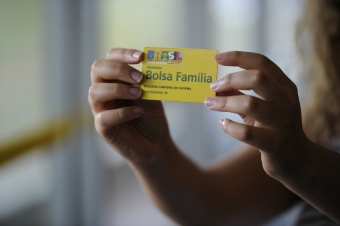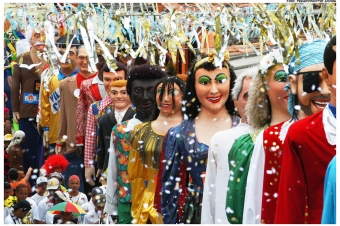Summary:
The activity aims to provide to the group of students a series of experiences related to the law application in the daily school life. Through analysis and discussion of films (short and long videos), students should work different aspects of the law, like: planning, development and execution of the activity, applying the theory in various contexts across disciplinary themes addressed inside the classroom.
Objective:
- GENERAL GOALS: the use of film as a playful element and at the same time didactic aims to enable to the individuals a more active and critical participation in the understanding of the theoretical foundations of Law and Justice. The main objective of the activity is to make the group of students, through a collaborative work, to experience all the activities involved and related to the study of Law and its Educational Legislation.
- SPECIFIC GOAL: the project aims to discuss the situations presented in the films shown, relating them to the legal situations in order to increase the knowledge of human, historical and social relations within the law and, from them, to promote reflections on Educational Legislation and the application of justice. In addition, it functions as an element of reflection and the individual politicization.
- DEVELOPED ABILITIES: There were developed the choice, research, negotiation, listening, understanding and reading skills, video/text interpretation, oratory, teamwork, leadership, social responsibility, and ethics.
Dynamics:
- TEACHING METHOD: combination of expositive class, films, critical reading and group work.
- REQUIREMENTS: the professor realized as previous preparation: 1st Choice of films to be worked; 2nd Verification of the situations that occur inside the movie to survey and formulate the questions; 3rd Analysis of the questions that were raised; 4th Group division and tasks distribution (see Attachment).
The students had as previous preparation: 1st Reading a film summary for prior knowledge; 2nd Search for other information about the movie such as criticism, copyright issues, reports, etc.; 3rd Search for a situation that involved the right from situations looked on the chosen movie; 4th Search by theoretical and practical information on the sources of law, relating them to the situation chosen and described inside the movie.
- INTRODUCTION TO THE DYNAMICS: the professor presented the list of movies for the students and divided them into groups of 4 students. Students should watch the selected movies and relate them to situations of their daily lives.
- DEVELOPMENT OF THE DYNAMICS: After dividing themselves in groups and selecting the movies, students performed a bibliographic research, searching information that are relevant to the worked thematic and that aimed to integrate it into the social context. The work was conducted based on the case study, by examining the different features wrapped in the production (filmography) related to the Law theoretical aspects worked in the classroom. The students had to discuss the situations found in the chosen movie. After defining the presented situation in the movie, the group should make a description of the situation pointing out the legal aspects that were involved, also identify the common law which aspects can be portrayed in that situation, presenting a possible solution for that occurred fact and demonstrate, through judged people, alternatives to the situation presented.
- END OF THE DYNAMICS: Once the report was prepared with the above propositions, the groups made the presentation in the classroom to the other groups, who then made comments. After, all the groups made a situation analysis trying to verify the points that were not addressed. In all, the dynamics used three meetings in the classroom and 3 out of the classroom (library, educational space, house, etc). More details can be found in the story attached.
.
- ATTENTION IN THE CLASSROOM: it is recommended:
1st Searching movies that are known and experienced by students
2nd Showing the Law interrelationship with our daily life
3rd Leaving movie choices in the hands of students
4th Showing the importance of collaborative work
5th Allowing the participation of all in all process’ stages
Evaluation:
- The criteria used in the evaluation process begins with the movie choice from the integrator summary development. Actually, it means from the analyzed movie data collection until the conclusion of work with the debate. See criteria in the attached document.
Observation:
An important point to consider is that when we talk about the use of movie for students the majority of the professors understand that it is a simple discussion of the movie script. However, we do not use movies only with nature or particular legal aspect - any film, regardless of its narrative and content, can be seen from a legal prism.
Additionally, the activity has also the interdisciplinary character and operates as an extension activity for both the students and the professors involved. It is an activity that takes place every semester and within the Learning Verification (LV) activities. Due to being an activity with specific characteristics focused for the legal theme, it is important to show to the other professors that everything is related to the Law coordinating function, since it is not always that the professor understands the importance of this to our lives in society.






